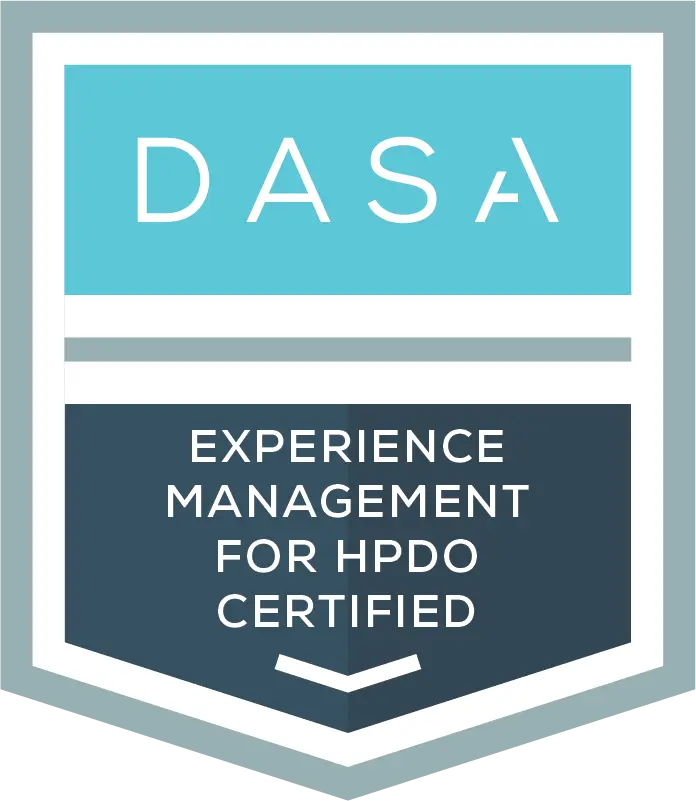Selling experience management to C-level executives requires a strategic approach that connects IT initiatives to the core business goals of the organization, while resonating with the personal motivations of these leaders. To secure buy-in for experience management, IT leaders must align technical solutions with tangible business outcomes and present them in a way that speaks to both the practical, political, and personal drivers of executives.
Understanding the Executive Landscape
C-level leaders operate at the crossroads of strategic vision and operational performance. They are tasked with driving revenue growth, managing risks, ensuring compliance, and fostering innovation, all while navigating the complexities of corporate politics. To effectively engage with executives, IT leaders must craft proposals that address organizational pain points while aligning with the personal ambitions of these decision-makers. Whether it is career advancement, legacy building, or supporting corporate social responsibility goals, proposals must resonate with both organizational and individual priorities. Additionally, framing experience management as a low-risk, high-impact initiative by addressing potential implementation challenges can significantly increase the likelihood of executive endorsement.
One common pitfall for IT leaders, however, is focusing too heavily on the technical features of solutions without connecting them to business outcomes. Executives are less interested in the mechanics of a system and more concerned with its impact on the organization. For example, while an IT team might emphasize the technical aspects of Experience Level Agreements (XLAs), executives are more likely to engage with discussions about how these agreements can reduce customer overturn, enhance employee productivity, or drive revenue growth. To communicate the impact of experience management effectively, IT leaders should frame discussions around specific challenges. For example, IT leaders should highlight inefficiencies in service delivery or customer dissatisfaction, articulate the desired outcomes, and help executives envision the impact that experience management can have on both the organization and its stakeholders.
Adopting a Consultative Selling Approach
The consultative selling model offers a powerful framework for engaging C-level executives. Rather than pitching a solution, this approach involves guiding executives to identify their needs and understand how experience management can address them. By helping executives create and own a “buying vision,” IT leaders can build a compelling case that aligns with executive priorities. This process involves exploring the impact of organizational challenges, identifying the capabilities needed to resolve these issues, and – but only when the executive believes in the buying vision – demonstrating how experience management can deliver these capabilities. This approach shifts the conversation from selling a product to solving a problem, which will inspire enthusiasm amongst decision-makers.
Emotional Resonance in Decision-Making
Beyond logical arguments, emotional resonance plays a significant role in executive decision-making. Tailoring messages to the psychographic profiles of the audience can greatly enhance their impact. For example, some executives may be motivated by success and achievement, in which case the discussion should emphasize measurable outcomes like increased market share or profitability. Others may value security and stability, requiring a focus on how experience management reduces risks and ensures consistent performance. By aligning presentations with these motivators, IT leaders can ensure their message resonates on a deeper level, making their case for experience management more compelling.
Building a Business Case for Experience Management
Building a robust business case for experience management involves addressing operational, strategic, and virtuous perspectives. The operational case highlights measurable benefits such as enhanced customer satisfaction, increased employee engagement, reduced downtime, and faster service delivery. The strategic case connects experience management to broader organizational goals, such as strengthening brand reputation, supporting ESG (Environmental, Social, and Governance) initiatives, and driving competitive differentiation. The virtuous case appeals to an organization’s values by emphasizing the moral imperative of treating employees and customers with respect. These cases create a powerful narrative that aligns with the overarching goals of the organization while addressing the specific interests of C-level stakeholders.
Applying Principles Beyond Experience Management
The principles of selling experience management can also be applied to other IT initiatives, such as Agile transformations, cloud migrations, or DevOps adoptions. A structured approach ensures that these initiatives are not only technically sound, but also are aligned with organizational goals. For example, when proposing a move to the cloud, IT leaders should articulate how this change will reduce costs, enhance sustainability, and improve operational resilience. By linking technical improvements to business performance and demonstrating their impact on top-line outcomes, IT leaders can make a compelling case for any IT investment.
Conclusion: Aligning IT and Business for Sustainable Growth
Selling experience management at the C-level requires an in-depth understanding of the executive landscape, a consultative approach to problem-solving, and the ability to connect technical solutions with tangible business outcomes. By addressing both rational and emotional drivers, IT leaders can effectively position experience management as a strategic necessity. This human-centric approach not only enhances customer satisfaction and employee engagement, but also drives sustainable business growth.
As organizations continue to navigate the complexities of digital transformation, experience management provides a powerful framework for aligning IT initiatives with the evolving needs of businesses and their stakeholders. By mastering these strategies, IT leaders can unlock the full potential of experience management, ensuring it becomes a cornerstone of their organization’s success.


DASA Experience Management
Enhance user satisfaction, improve stakeholder engagement, gain a competitive edge, and drive organizational success.
